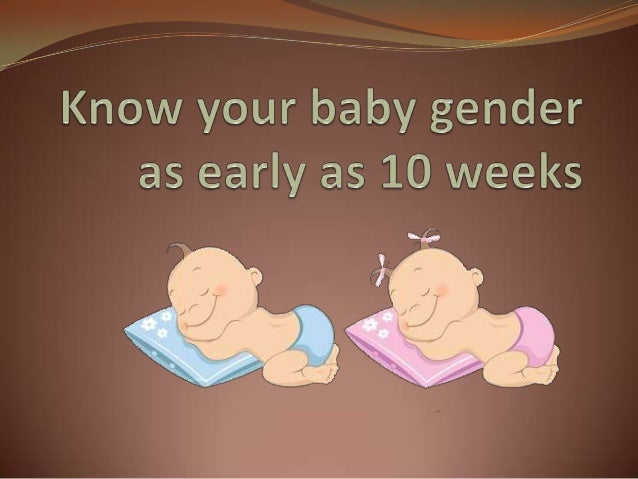Gender is a complex topic and is influenced by many factors. But, how does a baby develop its gender? Is it determined by biology, environment, or a combination of both? In this article, we will explore the science behind gender development in babies and provide some insight into this fascinating topic.
Table of Contents
The Biology of Gender
The biological process of gender development begins at conception. The sex of the baby is determined by the presence of chromosomes. Females have two X chromosomes, while males have one X and one Y chromosome. The presence or absence of the Y chromosome determines whether the baby will develop male or female genitalia.
During fetal development, hormones also play a crucial role in gender development. The testes produce testosterone, which is responsible for the development of male genitalia. If testosterone is not produced, female genitalia will develop. Hormones also influence the development of secondary sex characteristics, such as breast development and facial hair.
The Role of the Environment
While biology plays a significant role in gender development, the environment can also influence a baby’s gender. For example, some studies suggest that exposure to certain chemicals or toxins during pregnancy can affect the development of the baby’s reproductive system. Additionally, social factors, such as cultural norms and parental expectations, can shape a child’s gender identity.
Research has also shown that the way parents interact with their children can influence their gender development. For example, parents who consistently reinforce gender stereotypes may encourage their children to conform to traditional gender roles. On the other hand, parents who encourage their children to explore their interests and express themselves freely may foster a more fluid sense of gender identity.
The Complexity of Gender
Gender development is a complex and multifaceted process. While biology and environment both play a role, gender identity also involves psychological and social factors. For example, a person’s gender identity may be influenced by their sense of self, their relationships with others, and their experiences throughout life.
It’s also important to note that gender is not binary. While many people identify as male or female, there are also individuals who identify as non-binary, genderqueer, or gender non-conforming. These identities challenge traditional notions of gender and highlight the diversity of human experience.
 Source: bing.com
Source: bing.comWhat Can Parents Do to Support Gender Development?
As we’ve seen, gender development is influenced by a variety of factors. However, as parents, there are things we can do to support our children’s gender development.
First and foremost, it’s important to create a safe and accepting environment for our children to explore their gender identity. This means avoiding gender stereotypes and allowing our children to express themselves however they choose.
We can also teach our children about gender diversity and encourage them to be open-minded and accepting of others. This can help foster a sense of empathy and compassion, which is essential for building strong relationships and creating a more inclusive society.
The Bottom Line
Gender development is a complex and fascinating process. While biology plays a significant role, the environment and social factors also influence a baby’s gender identity. As parents, we can support our children’s gender development by creating a safe and accepting environment and teaching them about gender diversity.
In conclusion, understanding how a baby develops its gender can help us create a more inclusive and accepting world for all individuals. By celebrating the diversity of human experience, we can create a brighter future for generations to come.
Frequently Asked Questions
Q: Can a baby’s gender identity change over time?
A: Yes, a person’s gender identity can evolve and change throughout their life. Gender identity is a complex and multifaceted aspect of our identity, and it can be influenced by a variety of factors.
Q: What is gender dysphoria?
A: Gender dysphoria is a medical condition where a person experiences distress or discomfort because their gender identity does not match the sex they were assigned at birth. Treatment may involve hormone therapy, surgery, or counseling.
Q: What is intersex?
A: Intersex is a term used to describe individuals who are born with sex characteristics (genitalia, hormones, chromosomes) that do not fit typical male or female classifications. Intersex is not the same as transgender or gender non-conforming.
Q: Can parents predict their baby’s gender before birth?
A: Yes, parents can find out their baby’s sex through prenatal testing. However, it’s important to remember that sex and gender are not the same thing, and a baby’s gender identity may not align with their sex assigned at birth.
Q: Should parents use gender-neutral language with their children?
A: Yes, using gender-neutral language can help create a more inclusive environment for all individuals. This means using terms like “they” instead of “he” or “she,” and avoiding gender stereotypes.
